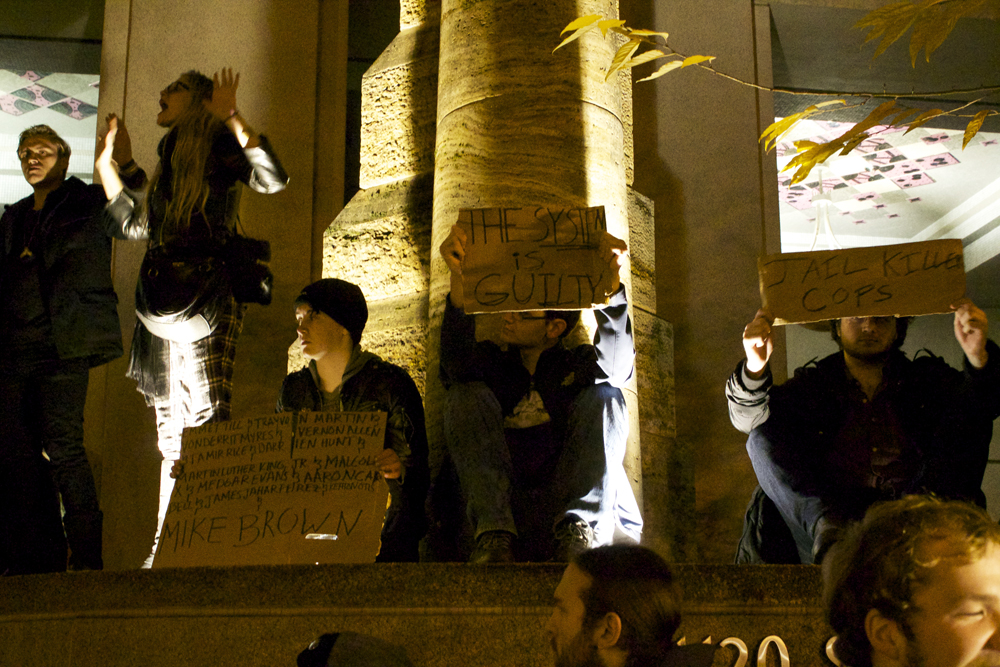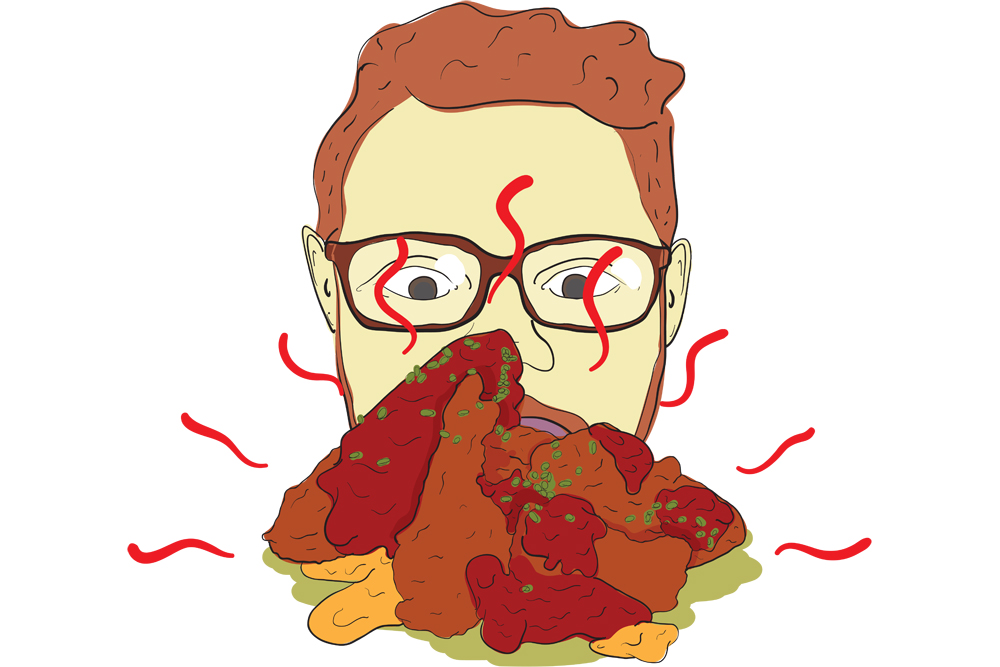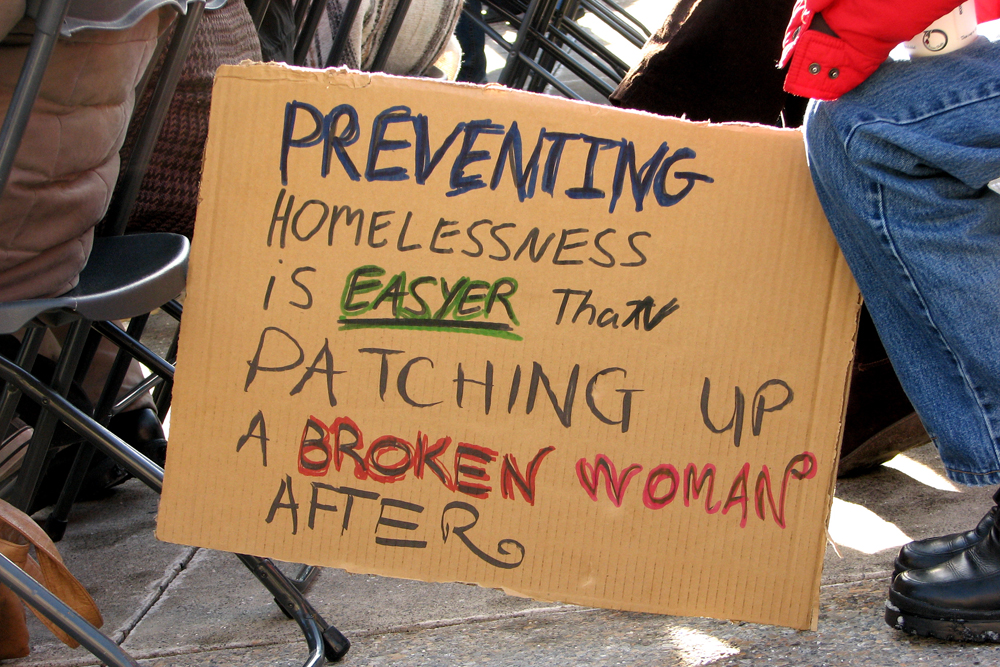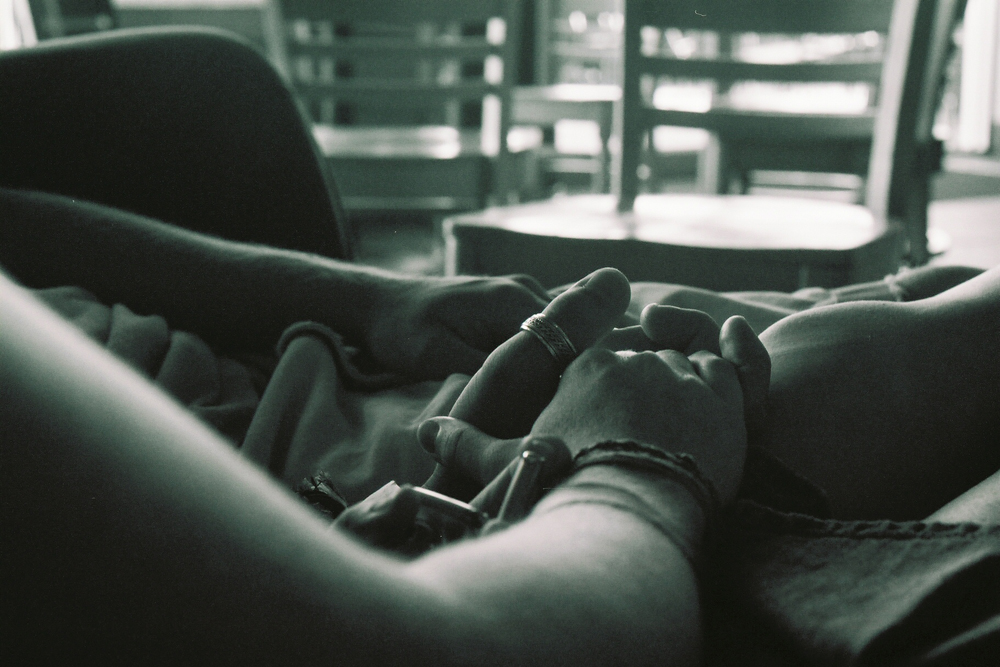Maybe feminism is not only about empowerment, burning the bra, and smashing the patriarchy. Perhaps there is a side of feminism that is living in the shadows. Admitting profound sadness as a feminist is not easy, in fact it is a terrifying challenge. As feminists, we generally try to empower women who are sad, but we rarely address that being a feminist can also mean embracing that sadness.
Audrey Wollen, a Los Angeles artist famous for her recreations of classical art, has made a powerful statement which she calls the Sad Girl Theory. She describes Sad Girl Theory as labeling women’s suffering due to cultural oppression as an act of resistance. She argues that sadness in women does not mean passivity, but that crying, suffering and pain are instead acts of revolution. They are acknowledging how fucked up the world is.
Audrey Wollen is expressing a notion of deep importance. Being a woman can be lonely, scary and alienating. Personally, she empowers me to acknowledge the fear I feel and the struggle to be seen beyond sex in a man’s world. I cry for my womanhood, but I see no reason to cover my tears.
Powell’s Books is embracing the notion of sad women who can conquer the world, with their new section of books that celebrate the tragic heroine. In literature, we see countless instances of the tragic hero, especially in Shakespeare, but tragic heroines are not a household phrase. Lena Dunham, Sylvia Plath, Chloe Caldwell and Zelda Fitzgerald find themselves in the tragic heroines section. They are among those who have something deeply powerful to say to the world: We are sad because we are oppressed. Whether a book is about a tragic heroine character or written by a tragic heroine, women are pouring their sadness into their art in order to develop a groundbreaking message.
In my opinion, the queen of the current tragic heroines is a fearless woman who is breaking boundaries in American media: Lana Del Rey. We know her for her bluesy singing voice, heavy black eyeliner, stiletto nails and pouty lips. Though Del Rey sparks criticism for her passivity and her Lolita obsession, she is creating art of deep importance.
Her beauty is similar to the classic starlets in noir films. I can imagine her in a Hitchcock film, but also on the cover of Maxim. She appeals to the American male gaze, but her art portrays sadness mostly caused by the men in her life. She discusses themes women often face: heartache and loss, being the other women but also being feminist philosopher Simone de Beauvoir’s, “The Other.” Del Rey portrays herself as a sexually desired American woman to showcase the sadness many American woman face due to their struggle to expose their autonomous selves.
Sad girls have been alienated over the course of decades because emotional women are rarely taken seriously, not only in America, but everywhere. In an episode of Sex and the City, Charlotte reveals how she cried at work one time in 10 years and she is still belittled by her colleagues. Miranda and Samantha claim they have never cried at work for fear of not being taken seriously by their male colleagues. Women are either brave or emotional; there is no in-between. Whether it’s being passive or being stoic, women are often encouraged to act a certain way because of fear.
On the other side of this argument are sad girls, who are liberated and fearless. Historically, sad girls were thrown into asylums by their husbands or fathers. They were thought to be crazy. Anne Sexton sat in her car wearing her favorite fur coat, drink in one hand and cigarette in the other hand, and inhaled carbon monoxide. Sylvia Plath stuck her head in an oven. Virginia Woolf put rocks in her coat pocket and walked into the river Ouse.
Historically, sad girls’ voices were not heard due to the repression of women’s emotions as well as the stigmatization of mental illness. The brilliant women that took their lives are an innumerable loss to not only the literary community, but the entire population of women. They had powerful voices, and they were silenced by patriarchy. However, it is slowly becoming unacceptable to dismiss women as passive, sexual creatures. Perhaps we are crying at the centuries of oppression, perhaps we are crying because everything we are encouraged to do is for fear. Recently, sad girls have been floating to the surface of our culture.






